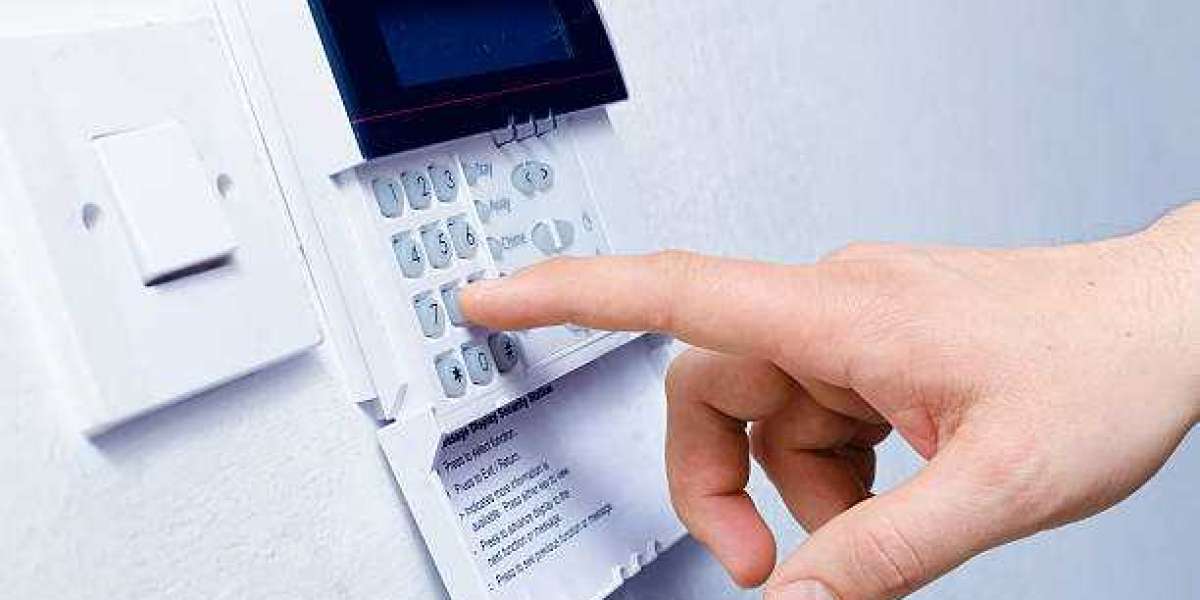Moving occurs whether you live in a house, condo, or apartment. Your home security system is typically portable when you relocate. Deciding what to do with your home security system is crucial because many people move or relocate for various reasons. Most of the time, installing a new security system while moving to a new home is preferable for professionally installed and 24/7 monitored solutions owing to several considerations, including new technologies, cost savings, compatibility with the new house, smart integrations, and more. While local support is available in Ontario, DIY(do-it-yourself) systems are primarily designed for tech-savvy customers who feel comfortable working alone.
The Current System Will Remain in the House
You need to be able to move your home security system with the majority of security providers. You want to make sure they are included because it often takes some time to develop home security systems in Ontario that are tailored to a homeowner's (or renter's) needs. Having your current provider inspect the new property before selecting how to manage your home security system when moving is best. Although every case is different, the majority will advise getting a new security system for various reasons. A home security system's extra peace of mind can draw potential buyers, so leaving the current system may do that.
Wireless models might relocate, but wired configurations with various integrations and equipment can be difficult to detach and transfer because they require different procedures. Additionally, you run the danger of damaging your equipment when moving. Regardless of the structure, removal can be messy, leaving behind resulting holes, marks, or other damage when removing the existing system. Prospective buyers might want to avoid fixing or painting over these flaws in a house currently on the market. The current equipment might not be suitable for the configuration, and wireless connections in your new home, as most basic systems consist of control panels, security cameras, and contact sensors.
Easy-to-Move DIY Home Security Systems
DIY home security systems are simple for the average person to set up independently. So, it only makes sense for that to be the case when you move it somewhere else. Among the services the company offers to clients who are relocating are the following:
- Products are designed to function even in a new environment.
- Since sensors are "peel and stick," they benefit renters who can't make holes in the walls.
- There is no transfer cost because moving your system is so simple.
Unfortunately, some home security firms need to provide their consumers with these services. Some even impose substantial moving costs! You should consider switching to a different service if this is the customer service you are receiving.
Needs for Security in a New Location
The devices you already have are simple to move, but moving to a new location is a great chance to expand your home security system. Your new home probably has an entirely different layout than your last one, necessitating various security requirements. Here are some instances where a new security solution can be required:
- You now have a garage.
Add a tilt sensor to the garage door! It can recognize when your garage door is left open more often than usual and alert you to take appropriate action.
- You climbed one floor higher.
You will undoubtedly need more smoke and heat sensors if your new home has a floor you didn't have in your previous one. For safety reasons, these sensors need to be installed on every level.
- More windows and doors are present.
A home with more windows will have more entryways and more natural light. To cover them all, ensure you have adequate door and window sensors.
- Your front door is on a more active street.
You should be able to observe what's happening in front of your property when you're not there because your new place is more likely to be targeted by porch pirates. A doorbell camera is an ideal answer.
Update Instructions for Hardwired Alarm Systems
We've compiled a list of several practical ways to upgrade wired alarm systems to self-monitoring ones:
#1. Add a control panel first: We advise getting in touch with the manufacturers first to see what options are available if you're searching for a control panel to link to your current wireless system that uses Z-Wave, Zigbee, Insteon, X10, UPB, or A10 technology and turning it for self-monitoring.
#2. Convert wired alarm systems to wireless ones.
#3. Integrate with smart home devices: Using current equipment and DIY methods, you may convert an existing wired home security system into an unmonitored security system integrated with your home automation system using HomeSeer or the SmartThings Smart Home Hub.
#4. Add your own DIY IP security systems: For a pre-wired home, you may also select a reliable security camera system,
#5. Convert analog security systems to IP security systems: If your home security cameras are still in good working order. Still, if you only want to access them from a distance, you can convert your analog security system to an IP security system.
Conclusion
To lessen the chance of being forced into a contract you do not like, ensure you know the services and pricing of the current alarm system contracts. Moving into a home with security or alarm systems could assist reduce upfront equipment and installation costs and improve home security. Before taking any further action, it is always wise to carefully consider all potential solutions to handle wired alarm system kits.








